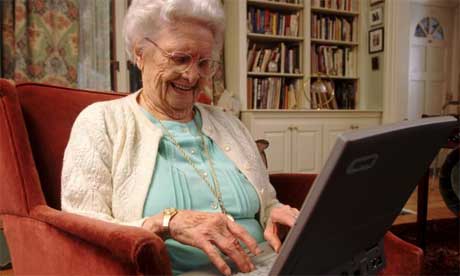
January is a great time to sit down with our aging parents and review their financial status. As you're pulling together information for tax preparation, it's a good time to review monthly income, expenses and potential increased/new expenses for the coming year. In this post,
I'll share a basic Excel workbook that I set up. I'll explain why this is so helpful to my mother and me. After reading this,
please comment on any additional strategies that work for you and your aging parents."Financial review" may be a task that you and your parent do not look forward to. When I mention anything about finance, her checking account or expenses, my mother starts to shut down. She'll say "oh, I don't spend that much". She has friends whose adult children handle "all things financial". I will not operate in that mode. My mother is alert and of sound mind. And, I think she deserves to know and understand her financial situation.
She also is once again driving, shopping and spending money.
So, I believe the key is to give her enough information that will help her get the "big picture", understand her financial situation but not get overwhelmed.
In January, I
prepare and share two different documents:
1. I copy and paste the
summary information from her checking account statements (for October, November and December) into a Word document. I highlight the beginning balance, ending balance, and any deficit amount. I bold those deficit amounts. This allows Mom to see the trends in her income/expenses. By looking at the last 3 months, we also see any quarterly bills that she's paying.
2. Then I print off the
basic Excel workbook I created when I helped her sell her home/move into her retirement community.
This includes 3 key figures:
1. her monthly income
2. her monthly expenses
3. how much leftover money she has for discretionary spendingI mail these documents to her and ask her to please check all the expense amounts and pencil in any corrected amounts. Then, I ask her to set a good time for a phone conversation, and we use these documents to guide our discussion. And, I update our Excel workbook. I can tell that Mom would far prefer to visit the dentist than deal with this. Hopefully, one year (in the not so distant future) this task will become more like "brushing her teeth"!
Below are the columns contained in the 2 Excel worksheets. I cannot tell you how many times I have referred to this Excel workbook. It has been most helpful to our family!
****************************************
Worksheet #1 - Income sources
Columns: Institution, Phone number, Income type, Monthly gross, Monthly net, Other info (with total of Monthly net)Worksheet #2 - Expenses
Columns: Expense category, Monthly expense...with total of Monthly expense, and also show Net remaining amount (for discretionary spending)





















